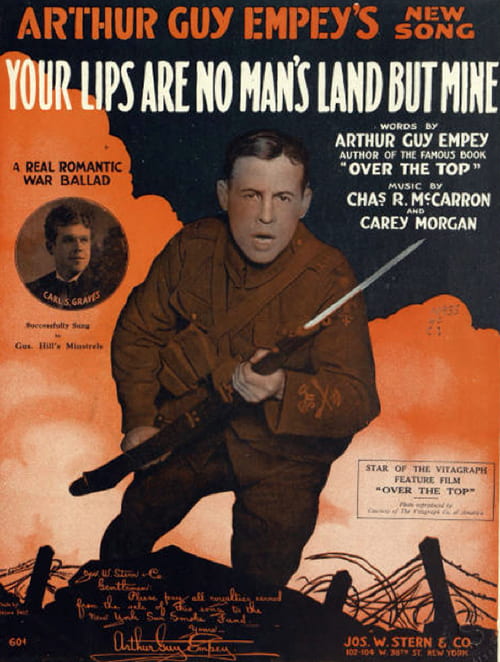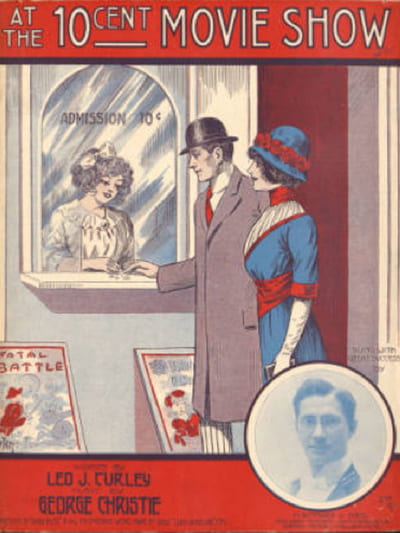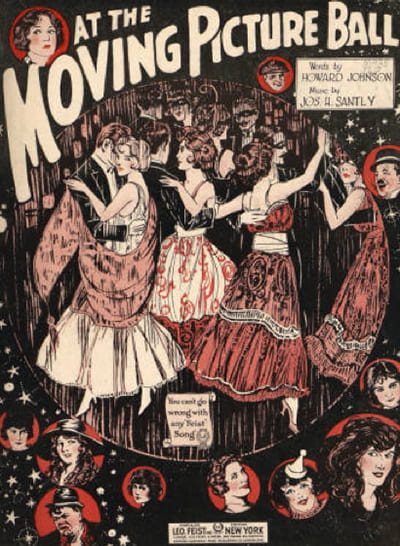For the past two semesters, the DPG has been working with Baylor University Museum Studies graduate student Hannah Haney Lovell on her graduate project, which involved adding a batch of new items to the Frances G. Spencer Collection of American Popular Sheet Music and enhancing them with recorded audio versions of those pieces. Last Friday, Hannah successfully defended her project in front of a group of her peers and the Museum Studies faculty, so we wanted to give a brief recap of her work here on our blog to celebrate!
Getting Started
Hannah came to me in the summer of 2013 after speaking with graduate adviser Dr. Julie Holcomb about what form Hannah’s final project for her master’s degree should take. After discussing several options, we settled on her working with the Spencer Collection in some capacity; given Hannah’s love of and background in music, it seemed like a natural fit. I agreed to serve as her project adviser, and she quickly set to work identifying materials to digitize as part of our ongoing work to digitize and catalog the sheet music from the Spencer Collection.
Hannah chose the subject area of Silent Movies as her starting point. Mrs. Spencer had assigned a large number of titles to this homegrown category, and the pieces included songs from actual movies as well as pieces inspired by movie stars, the social aspects of going to the movies and more. Hannah chose 155 items from the Silent Movies category and set about digitizing them on our newly-acquired CopiBook HD scanner. In fact, she was the first person to thoroughly utilize its scanning capabilities, as hers was the first project to get started up after it arrived in the RDC. (Thanks to Hannah for being a good sport/guinea pig for us!)
The Trouble With Scheduling
Digitizing the materials went smoothly, and Hannah generated a series of scans to be sent to our off-site music cataloging contractor, Flourish. Flourish takes the materials we send them and creates rich metadata files for us to add to the digital object once it’s ready for upload. Hannah incorporated Flourish’s metadata with her scans and added the 155 pieces to the Spencer Collection during the Fall 2013 semester.
All along, Hannah and I had planned on adding an audio component to her pieces that would enhance the user experience by giving them a tangible sample of what these pieces sounded like when performed by musicians and vocalists. Hannah spent many hours working to schedule performers from several student music performance groups who had volunteered to add their piano performances and/or vocal performances to the project, and we scheduled a recording session for a Monday night in late February.
The drawback to relying on undergraduate students – who are, by nature, a harried and … well, sometimes flaky bunch – is that they tend to need lots of corralling and getting them to stick to a plan is difficult. Unfortunately, through no fault of Hannah’s, the various performers who had committed to help with the recording process had to back out at the last minute; a rescheduled date for the following week met a similar untimely end.
Rather than get discouraged, Hannah came up with an alternative: using a music generation software called Finale, she would utilize the scans of the sheet music to create high-quality MIDI files of a subset of the collection. This would give users an example of the piano part and a computer-generated vocal line of the main melody, resulting in a very representative example of what the pieces sounded like without relying on human performers (and their tendencies to have busy lives, scheduling conflicts, etc.).
Ultimately, Hannah generated MIDI files for five pieces from her curated collection of scores, a remarkable turnaround in the last few days running up to her schedule defense date. The resulting pieces are listed below; the audio files are presented as MP3s within the structure of each score’s digital compound object.
Hannah’s project taught us a lot about enhancing our digital collections, including alternatives to live performances, selecting materials from a larger sample, and insights into how to utilize student labor to its best effect.
We extend our congratulations to Hannah on her successful completion of her project, and we’re thankful for the work she’s done for us over the past year. Click on the links below to hear the results of her labor, and let us know what you think of this new feature for our Spencer Collection!
At the 10 Cent Movie Show (1913)
Let’s Go Into a Picture Show (1909)
At the Moving Picture Ball (1920)
Take Me to the Movie Show (1919)
Take Your Girlie to the Movies (If You Can’t Make Love at Home) (1919)






